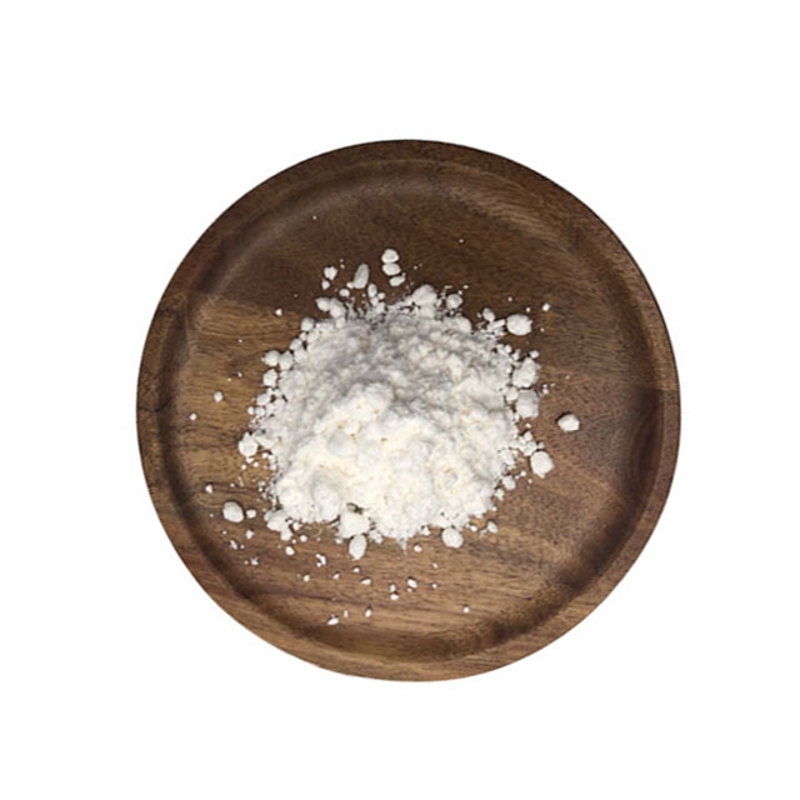-
Categories
-
Pharmaceutical Intermediates
-
Active Pharmaceutical Ingredients
-
Food Additives
- Industrial Coatings
- Agrochemicals
- Dyes and Pigments
- Surfactant
- Flavors and Fragrances
- Chemical Reagents
- Catalyst and Auxiliary
- Natural Products
- Inorganic Chemistry
-
Organic Chemistry
-
Biochemical Engineering
- Analytical Chemistry
- Cosmetic Ingredient
-
Pharmaceutical Intermediates
Promotion
ECHEMI Mall
Wholesale
Weekly Price
Exhibition
News
-
Trade Service
Vaccines aimed at preventing infectious diseases were one of the biggest medical advances of the 20th century, but the concept of vaccination has long since gone beyond prevention
Personalized antigen vaccines
Figure 1: Types of cancer vaccines
Tumor-specific antigens (TSAs) are mainly divided into two broad categories, including new epitopes caused by viral antigens and non-synonymous cell mutations, and two types of tumor-associated antigens (TAA), including tissue-specific antigens and development-specific antigens
Table 1 TSA and TAA are divided into 4 groups
APC uptake of tumor antigens is a key event (Figure 1b
Predefined antigens
Predefined antigens can be further classified by proportions of expression between patient cohorts
Personalized antigens are specific
Co-antigen vaccine
Co-antigen vaccines are available as 'off-the-shelf' therapies, with lower resource intensity and time-consuming than individualized vaccines
Overexpressed mutant autopsies are another subclass
In contrast, TAA is not fully present in tumor tissue in preference and may constitute abnormally expressed or overexpressed proteins
Melanoma-associated antigen 3 (MAGE-A3) is a cancerous testicular antigen that is preferentially expressed in melanoma, NSCLC, and myeloma with anti-apoptotic properties
p53 is altered in half of cancers and is often lost in tumors, but also loss mutations and overexpression
Table 2.
Personalized antigen vaccines
Unlike the shared antigens present in many individuals, individualized antigens are specific to one patient and are the most common neoemplotope TSA (Figure 1a
Early personalized vaccines using synthetic RNA vaccines encoding 10 new epitope candidate targets caused the majority of CD4+ and some CD8+ new epitope-specific T cell responses
Another tumor-specific mutation, while not inherently carcinogenic, is a unique immunoglobulin or TCR unique type caused by locus gene rearrangement and somatic hypermutations, which are usually maintained
Table 3.
Anonymous antigens
Anonymous antigens cannot be classified by their antigen identity, but can be classified by the method and location of their APC
Anonymous antigen-in situ vaccines are conceptually similar to ex vivo vaccines and bypass the development of customized GMP-compliant treatments
for each patient.
Although there are many types of vaccines in situ, their effective use should induce APC recruitment and tumor antigen loading and activation, enabling APCs to effectively cross-initiate tumor-reactive T cells
.
In situ vaccination combines the immunological benefits of presenting a full-spectrum tumor antigen with the practicality of off-the-shelf methods
.
Multiple types of intratumor administration drugs, including viruses, PRR agonists, and other immunostimulants, may be effective
against in situ vaccines if they induce a systemic antitumor immune response or vaccination effect.
conclusion
Decades of slow progression have provided proof
that cancer vaccines can indeed cause systemic tumor regression, lasting remission, and OS improvement.
We stand on the shoulders of pioneers advancing our understanding of immunology and will use that understanding to develop reasonably effective cancer vaccines that push the promising field of immunotherapy to a new frontier, saving resources, time, and ultimately saving patient lives
.
References: Lin, M.
J.
, Svensson-Arvelund, J.
, Lubitz, G.
S.
et al.
Cancer vaccines: the next immunotherapy frontier.
Nat Cancer 3, 911–926 (2022).
https://doi.
org/10.
1038/s43018-022-00418-6







